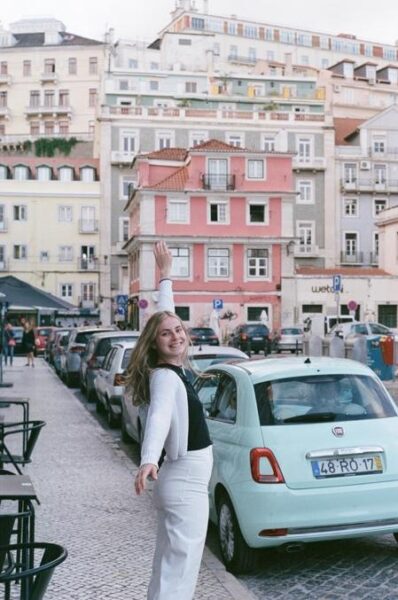
Last summer, I was ready for an adventure. I wanted to trudge into unknown territory and immerse myself somewhere outside of my university town. Here’s what I did to keep my arthritis in check, before, during and after my 18-day trip exploring France and Portugal with friends.
Traveling with friends as a young adult was one of the best exercises in learning to trust myself, but of course traveling with an unpredictable rheumatic disease can make that experience feel daunting. I’ve had Juvenile Idiopathic Arthritis (JIA) since I was eight, but this was my first time traveling without my family during a flare. In preparing for this trip, I had an open conversation with my care team about my travels. We discussed my hesitations about taking a certain medication on the trip due to its intense side effects and together we came up with a plan that would help me enjoy my trip while also attending to my arthritis. The compromise was that I would bring my anti-inflammatory and pain killer (naproxen) that I typically only take as needed and take two weeks off my other medications that leave me feeling wretched. This was possible because I was at a point in my flare where I was almost pain free and hadn’t had any new inflammation in months. Always check with your care team before stopping or pausing any medications.
Knowing that I was going to be very active on this trip, either browsing the historic streets of Paris or hiking in one of Portugal’s national parks, I knew there was potential for pain and stiffness. So, I was sure to bring enough medication to take my maximum prescribed dosage for the number of days I was on the trip.
My trip started out in Paris, meeting up with my long-time friend, Emilie. We started each morning at a local patisserie for a baked good and espresso to fuel us for hours of wandering the city’s main tourist attractions. Some of my favourites were the Arc de Triomphe, Sacré-Cœur, Jardin des plantes, Cathedral de Notre Dame, l’Ile Saint Louis, the Palace of Versailles and Musee D’Orsay. One evening, we ate takeout on a blanket by the Eiffel Tower. During this part of the trip, we were walking 15,000-30,000 steps a day which took a toll on my joints. When I started to feel pain, I was upfront in letting Emilie know I needed to take a break and sit down. When I woke up with stiffness, we chose to take the mornings slower.


After spending five days in busy Paris, I said au revoir to Emilie and my trip took a 180-degree turn as I met my friend Tess and we traveled to Peneda-Gerês National Park in northern Portugal. Here we spent three days hiking through the beautiful Portuguese landscapes and dipping into the most magnificent waterfall pools. Though the town of Gerês was quiet compared with Paris, it was rejuvenating to nature bathe in a serene atmosphere before heading back to exploring cities.
Next, we took the train to Lisbon, where we tried our first (of many!) authentic pastel de nata – a delicious Portuguese custard tarte. This city was filled with historical spots: everywhere we turned, we were greeted by beautiful bright colours and hand-painted tiled buildings. Additionally, after being in Gerês, where we ate peanut butter sandwiches for three lunches in a row while hiking, and cooked all our meals at our Airbnb, we were extra excited to be indulging in Lisbon’s great restaurants (Yallah was one of our favourites).
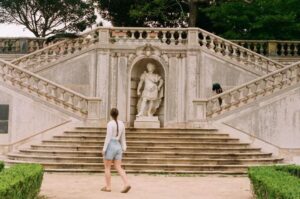
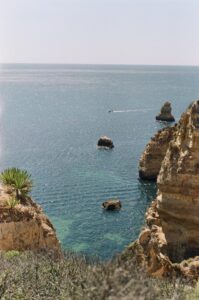
Finally, our trip ended in Lagos, a beach town in the south of Portugal. It was nice to spend the last couple of days of our trip relaxing on the beach before going home and back to work. Lagos had great boating trips, either by kayak or motorboat, which allowed you to get an even better look at the iconic caves and the rock formations.
I was fortunate enough on this trip to not have any flares and most of my pain and stiffness could be dealt with an anti-inflammatory or rest. It also helped that I felt comfortable about speaking up when I was in pain. Being with people who were incredibly understanding about me needing to stop and take breaks made all the difference. If you’re a young person and planning on going away with friends, it’s important to be open with the people you’re traveling with. I’d recommend having a conversation prior to leaving on the trip about your needs: that way some expectations can be set so that everyone can feel supported and enjoy the trip.
Though having a rheumatic disease and traveling does require some extra planning, don’t let it be the deterrent from living out your dream to travel. The lessons learned and confidence I gained traveling with friends as a young person is not something I could have ever learned through a lecture or lesson in school. It’s life changing.
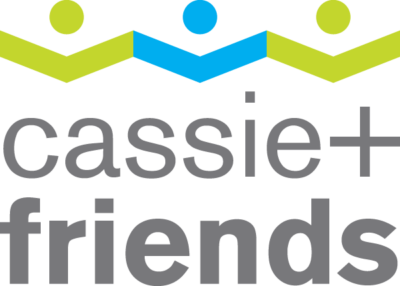
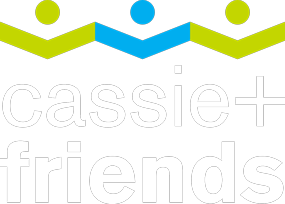



Leave A Comment